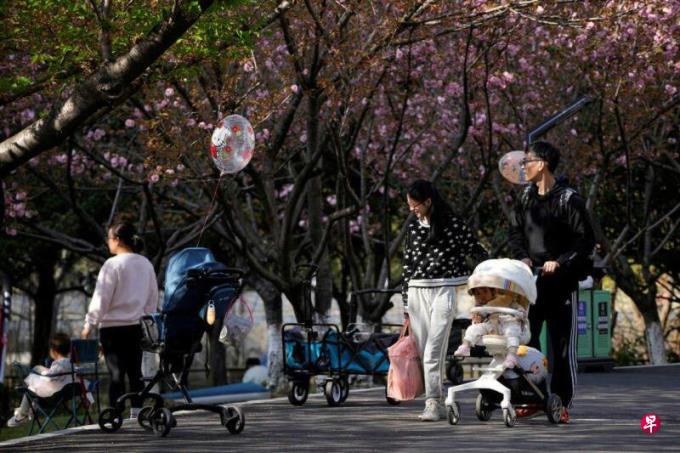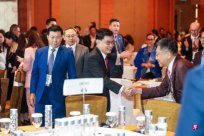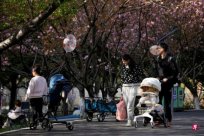
In recent years, Mainland China has relaxed fertility and tried to improve the problem of decline in birth rate.However, Taiwanese scholars believe that in the 1980s, in order to implement a one -child policy, the gender appraisal of fetal gender was widely implemented in rural areas, resulting in imbalance between men and women.The long -term implementation of this policy has exacerbated the dilemma of gender inequality and difficulty in marriage.
China has developed its first population in the past 60 years since last year.According to the information released by the National Bureau of Statistics on January 17, China ’s birth population was 9.56 million in 2022, with a population of 10.41 million, and the population decreased by 850,000 compared with the end of the previous year.
In addition, in 2022, Chinese men and women are more than 104.69, and men are 32.37 million more men than women.Gender imbalances are also significant.
Cai Yinong, a postdoctoral researcher at the Institute of Political Science, Taiwan Central Research Institute, has long been concerned about the fertility policy and rural gender issues in mainland China for a long time.
In his speech on Thursday (November 2) in a lecture on the imbalance of the one -child policy and the imbalance of the rural gender.Caused by policy.
He said that, in addition to the normal phenomenon of natural declines in developing countries after developing economic growth, a tire -oriented policy that has been implemented since the 1980s has indeed led to the imbalance of gender in the mainland.
Cai Yinong believes that after this phenomenon has accumulated for generations, it is not easy for men to get married in mainland China, and then the birth rate is reduced, and even " Iron Chain Girl " event and other tragedies.
He pointed out that it was not until the 1990s that the mainland officials began to realize that the problem of gender imbalances was serious and fertility continued to decline.Therefore, under the initiative of economists and people, it gradually relaxed in the direction of two and three children.
But he believes that the current economic development of the mainland is no longer a traditional agricultural society. The effect of relaxing the birth rate of birth policies on improving the birth rate will not be as official as official.
Cai Yinong mentioned in his speech that he climbed and sorted out from 1962 to 1990. A total of 1,648 CCP ’s county -level local organization historical data and local history found that the mainland was in the early 1980s.In the name of promoting prenatal screening, the B ultrasonic (B -ultrasound) technology is introduced into the countryside.
He said, this increases the phenomenon of prenatal gender screening.Under the traditional concept of primary men and women, the people choose to have no daughter -in -law, which will make the abortion rate of rural areas rising sharply in 1982 and 1983, and eventually evolved into severe imbalances of men and women.
As the problem of decline in birth rate and the age of population is becoming increasingly severe, Chinese official Monday (October 30) also met with the new leadership team of the National Women's Federation (National Women's Federation).Education culture, strengthen the guidance of young people's outlook on marriage, fertility, family view. "
In response to this, Cai Yinong analyzed in an interview that the official discussion of the mainland's discussions with the high degree of fertility and fertility may exacerbate the problem of gender inequality.Under the traditional concept of male light and girls, the phenomenon of gender screening of the fetus before giving birth will continue to occur.




